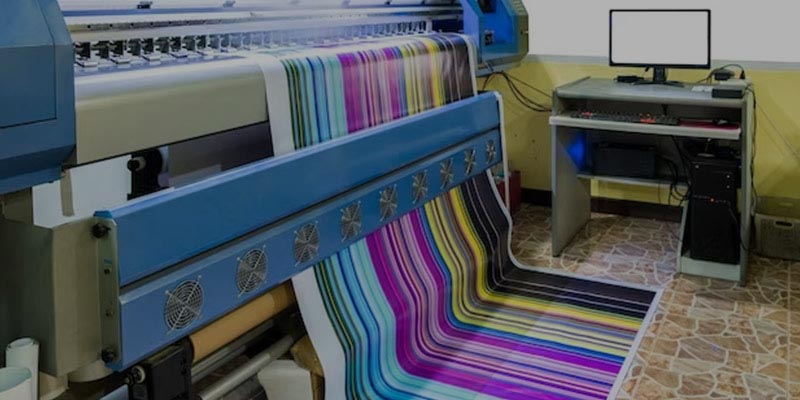The textile industry is undergoing a transformative shift with the increasing adoption of digital textile printing. This cutting-edge technology has revolutionized the way fabrics are designed, produced, and brought to market. With continuous innovation in digital technology, digital textile printing has experienced a significant surge in popularity. In this blog, we will explore the factors driving the increase in digital textile printing and the innovative technologies that are shaping its future.
Enhanced Design Flexibility:
Digital textile printing offers unparalleled design flexibility, enabling intricate patterns, detailed motifs, and vibrant color combinations. Traditional printing methods often have limitations in achieving complex designs, but digital printing allows for precise reproduction of intricate artwork. Designers can now explore their creativity with unlimited possibilities, leading to unique and captivating textile products that resonate with consumers.
Efficient and Sustainable Production:
One of the key advantages of digital textile printing is its efficiency and sustainability. Unlike conventional printing methods, which involve lengthy setup processes, digital printing eliminates the need for color separation, screen engraving, and extensive pre-press preparations. This streamlined production process reduces waste, energy consumption, and water usage. Additionally, digital printing enables on-demand production, minimizing excess inventory and reducing textile waste. The industry’s growing focus on sustainability has further fueled the adoption of digital textile printing.
Rapid Prototyping and Short-Run Production:
Digital textile printing allows for rapid prototyping and short-run production, empowering designers and manufacturers to respond quickly to market trends and customer demands. With digital technology, textile companies can produce small quantities efficiently, reducing the risk of overproduction and inventory accumulation. This flexibility caters to the fast-paced fashion industry, where product lifecycles are becoming shorter, and customization is increasingly valued.
Advancements in Inkjet Technology:
Inkjet technology has been a driving force behind the innovations in digital textile printing. The development of high-quality, water-based inks specifically formulated for textile applications has significantly improved color reproduction, wash fastness, and durability. Manufacturers are constantly pushing the boundaries of inkjet technology to enhance printing speed, ink efficiency, and color gamut. The integration of advanced printhead technology and ink formulations has resulted in sharper details, smoother gradients, and more vibrant colors in digital textile prints.
Digital Printing Machinery:
The evolution of digital printing machinery has played a vital role in the growth of digital textile printing. Today, textile printers are equipped with advanced features such as multiple printheads, higher resolution capabilities, variable droplet sizes, and improved ink circulation systems. These technological advancements enable faster printing speeds, improved color accuracy, and better ink penetration into various fabric types. The integration of automation and smart features has also enhanced production efficiency and ease of operation.
Software Solutions and Design Tools:
Innovative software solutions and design tools have empowered designers and textile manufacturers to unleash their creativity in digital textile printing. From CAD software for pattern design to color management tools, these digital solutions streamline the design process, ensure accurate color reproduction, and optimize production efficiency. With intuitive interfaces and real-time previews, designers can visualize their designs before printing, reducing errors and improving overall productivity.
Conclusion:
The increase in digital textile printing can be attributed to the remarkable advancements in digital technology and the growing demand for efficient, sustainable, and customizable textile production. With enhanced design flexibility, efficient production processes, and continuous innovations in inkjet technology, digital textile printing has emerged as a game-changer in the industry. As technology continues to evolve, we can expect further improvements in printing speed, color accuracy, and ink efficiency, driving the growth and adoption of digital textile printing. With its ability to meet the evolving needs of the textile industry, digital textile printing is poised to shape the future of fabric design and production.


